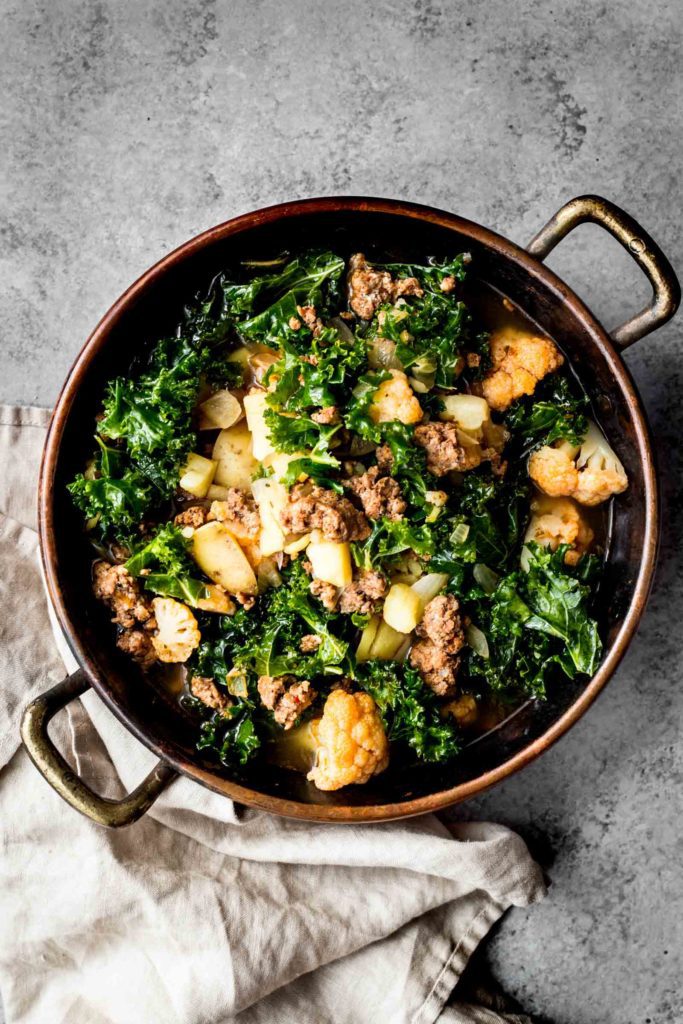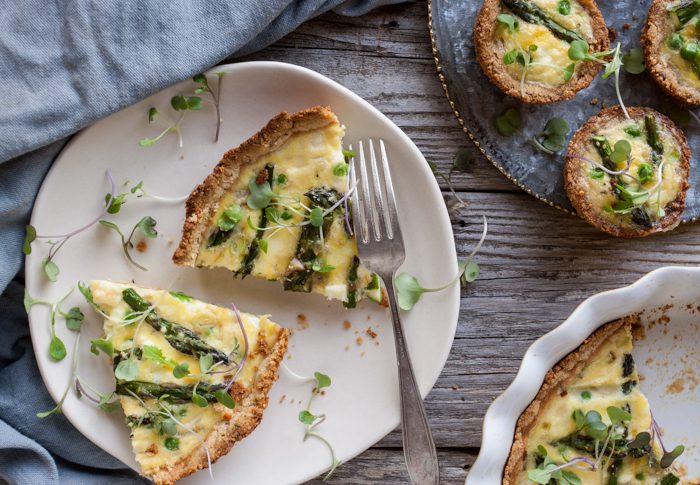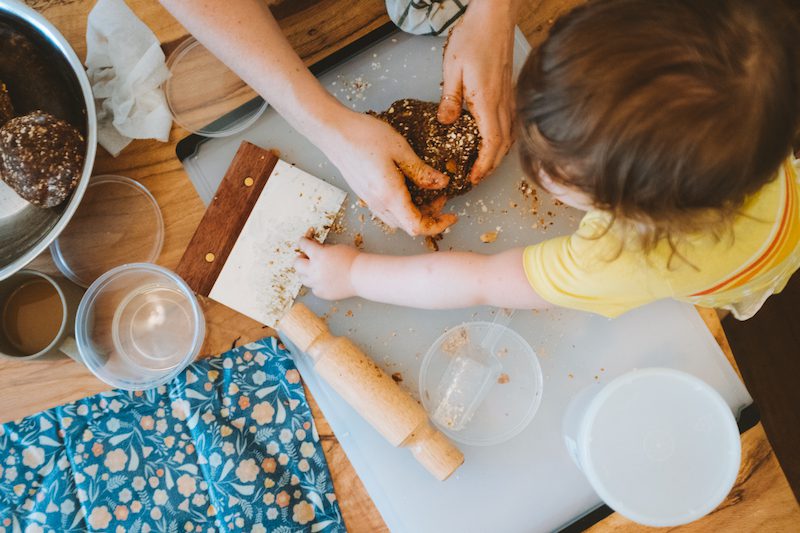
Many of us find ourselves constantly on the go, physically unable to spend an hour on food prep before each meal. We get tired of seeing our beautiful voluptuous kale wither away into a wet sludge of regret and shame. We often feel flustered at the thought of coming up with a brand new invention every night and instead cave to the pressures of eating out. Sound familiar? If so, the following methodology might resonate with you.
Casey and Sara Giessen live a fascinating life. The couple spends much of their time traveling the country in an Airstream with their little boy Rhodes and a dog named Beans. Casey is a creative director, working in media, while Sara does the same but in design. Rhodes is two and a half years old, and preparing to be a big brother. Beans is just Beans. With all this life in one Airstream, it’s fair to say the duo has a lot on their hands. But over the course of several impactful food experiences, they have learned the art of kitchen efficiency and are loving every minute of the adventure.

I reached Casey over the phone while they were somewhere in Colorado. For them, the journey started with an Intro to Knife Skills class. Casey and Sara were on a date at Whole Foods, where they made Chicken Scaloppini and soup from scratch. He told me, “The techniques we learned were simple, but it opened our eyes as to what was possible in our own kitchen. Making food went from being a chore to a hobby.”
Not long after, Casey went on a life-changing motorcycle trip with Fresh Harvest co-founder, Zac Harrison. The two pals traveled across the country, landing on an organic farm north of San Francisco, which would serve as the catalyst for the creation of Fresh Harvest and the foundation for a deep appreciation of thoughtful food.

But it wasn’t until Sara read An Everlasting Meal by chef Tamar Adler that their current outlook on food completely came together. The book was inspired by M.F.K. Fisher’s How to Cook a Wolf, a 1942 response to wartime food shortages. It applies the principles of an efficient and thoughtful use of food, which has directly informed the couple’s strategy. According to Casey, “She shows that you can use everything and evolve what you’ve made into the next dish.”
The method starts during the weekly customization period. “When it’s time to customize my basket, I’ll look around and see what’s in the fridge already, and then I’ll see what’s new on the website. If it’s unique, I’ll add it to my Georgia Grown Basket.” says Casey. After choosing ingredients comes the crux of the strategy.

As soon as they receive their produce basket, the couple gets to work. “We make a window of time to wash and do some quick prep, which usually includes roasting or boiling veggies. Greens are a perfect example. We’ll throw them into salted boiling water and then keep the water for a stock.” Using this method creates multiple usable ingredients for a future dish and cuts out waste. “If you get to dinner time and stuff has already been cooked, it changes everything. And now, with most of the ingredients prepped, all the basic mediums for getting food into your mouth are really easy to throw together, rice and toast, for example.” says Casey.
These prepped ingredients go directly into restaurant style storage tubs. “We’ll do the prep, label the container, and throw in the fridge to use later. I’ve gotten to a place where I’ve learned to cook a whole chicken and use every part of it. We keep a Ziplock in the freezer to hold any unused veggie scraps and chicken bones. At the end of the week we throw it all in a pot and make a stock out of it. We really never have left-overs.”
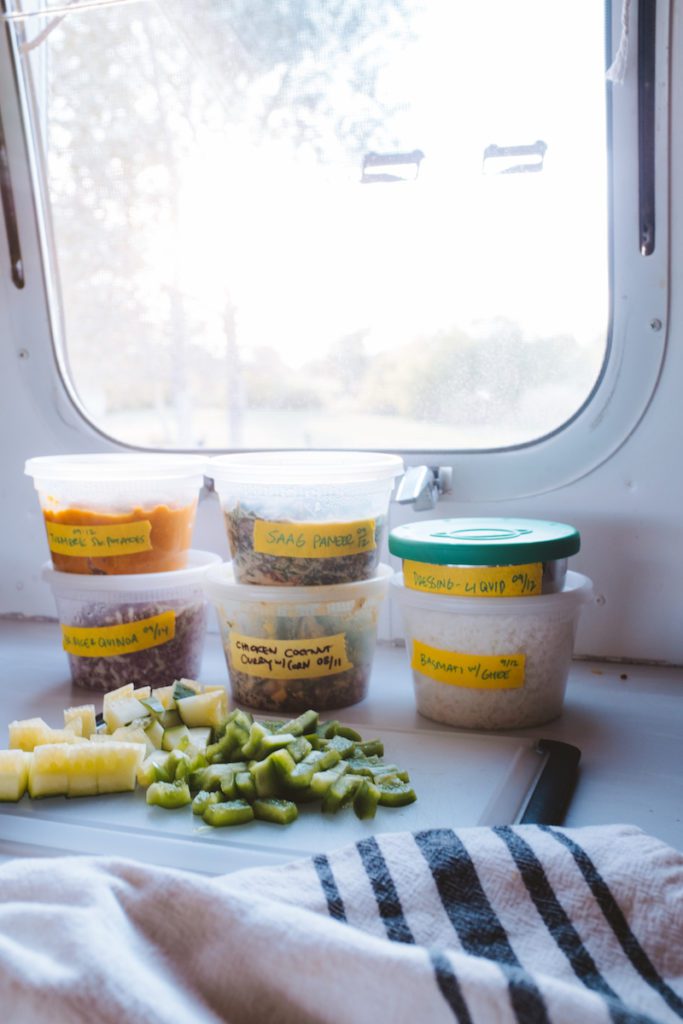
The two delineate tasks through regular communication, but Casey notes, “I do breakfast for the most part and dinner two to three nights a week. We love to cook together, which helps speed things along.” Some common meals in the Airstream include breakfast frittatas made using extra sautéed veggies from last night’s tacos, Sara’s curries which are prepped immediately then frozen for later use, and hand-made empanadas filled with any pre-prepped extra ingredients from the refrigerator.
Not only has cooking become a joy for the busy couple, but under this method actual prep effort at meal time is minimized along with food waste. In addition to knife skills (see Jacques Pepin) and Adler’s inspirational text, some helpful tools include a food processor, rice cooker, Vita-mix, micro-plane, and of course, a good knife. “Having a knife in hand and a plan in mind is a therapeutic thing. With this way of cooking, we aren’t intimidated by ingredients.” says Casey, who has learned to view food as a fun creative challenge. They hope others can experience this enjoyable way of life as well. This method has the power to lead to richer more meaningful experiences for all who implement it, whether at home in a house or at home on the road.´
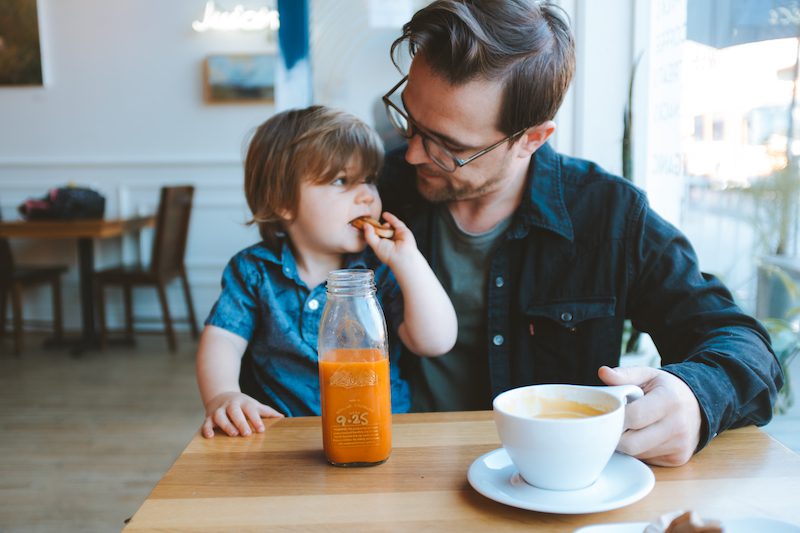
If you liked this post, check out our other Meal Prep Method posts, including a stocked staples strategy, cooking as a busy traveling professional, and cooking as a community building method!


